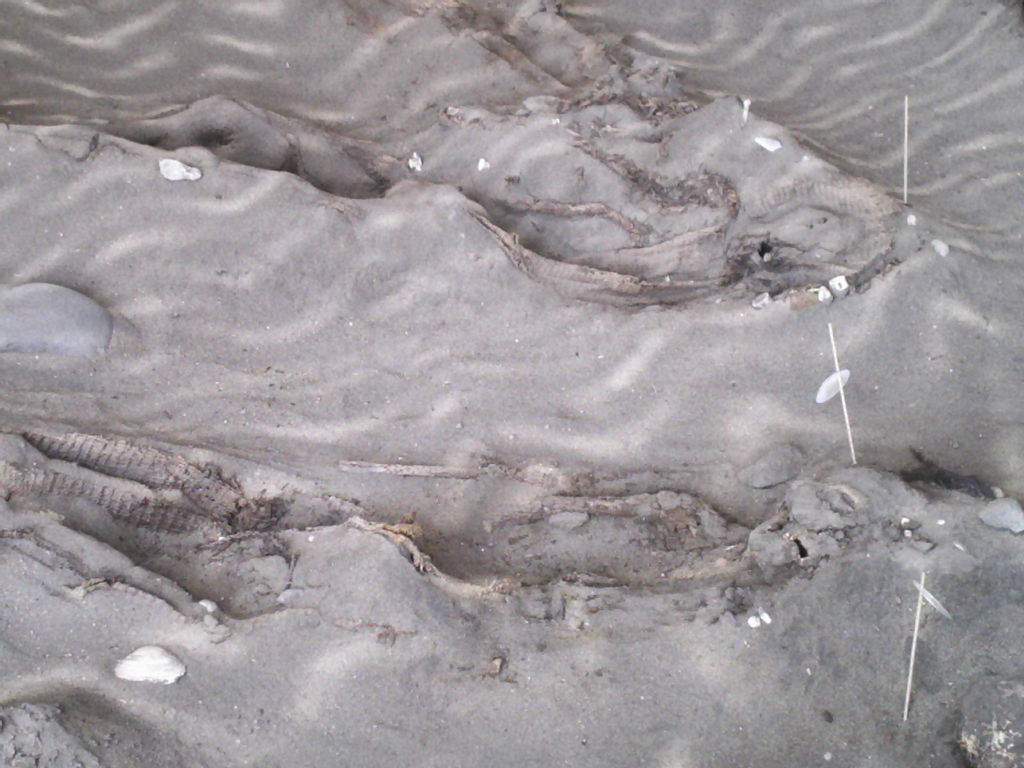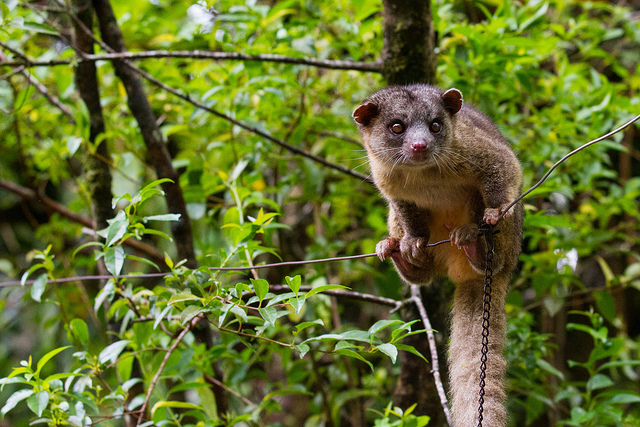Notwithstanding the horrible tragedy of the Columbine (Colorado) incident, April 1999 was by far one of the most surreal experiences of my life. Not even a week prior to leaving, I was preparing to give final exams for courses I was teaching at the time. I was about halfway through creating an exam when I received a phone call from a former student, who sounded a bit short-winded and stressed out.
As I asked him to slow down, he explained that the environmental consulting company he worked for was between a rock and a hard place, and had to redo a series of environmental impact statements — this time using biologists experienced in the area. I immediately dismissed myself as a candidate, explaining that I had final exams to give soon, and then I was off to my site in the Peruvian Amazon where I would lead a natural history tour, followed by field work (my usual grind this time of year).
It was at this point during the conversation that some things were pointed out to me that made it difficult to say no — namely the incredible opportunity to work in one of the least explored areas in the neotropics, my specialty region of focus.

This map depicts the country of Bolivia with Chiquitano forest (light shading) extending east into Brazil, as well as Cerrado forest (dark shading). The dots represent the general region we worked in. (Map produced by K. Koy.)
Less than 50 hours after that life-changing phone call, I had convinced co-workers to give my finals and cover the tour in Peru for me, left my keys with someone to house-sit, and was on the red-eye to Santa Cruz, Bolivia! Also during that time, I quickly helped hire a science staff of about 30 biologists (mostly Bolivian, some ex-pats, and a couple of Argentines) to undertake a Rapid Ecological Assessment (REA) of the eastern Bolivian panhandle.
Things were very busy indeed.
The politics of the situation were gruesome, and I was ecstatic when I was finally granted permission to just begin getting people into the field to do our work. A botanist from Spain was responsible for forestry, plant community and hydrology crews, while I worked with the vertebrate zoology crews (birds, fish, herps, two mammal crews). Wanting to become involved “on the ground,” I joined up with the mammal crew and we got ourselves situated at the base camp, Las Conchas.
Julieta Vargas and Hugo Aranibar, young mammalogists from the Colección Boliviana de Fauna (National Museum in La Paz), José Manuel Rojas (also a mammalogist) from the Museo de Historia Natural Noel Kempff Mercado (in Santa Cruz), a couple of others, and myself comprised the mammal teams. Although they were allowed to leave a full day before me (via four-wheel drive vehicles) while I was stuck in administrative hell in Santa Cruz — my helicopter ride to Las Conchas more than a day later actually landed me at the remote field site half a day before their arrival.
After resting up the first night, we were ready to hit the field! The only problem was inclement weather that prevented helicopter flight to some of our target areas. After several hours we became bored with no entertainment, save a deck of cards. So we decided to inventory the region around the base camp.
On the evening of April 17, Julieta, Hugo and José Manuel snuck off to do some bat netting. Any seasoned bat netter knows that nets need to be monumented in a long continuous linear run, sometimes with a T-head on the end, but always surrounding a resource (e.g., a fruiting tree, a light luring in many insects, over water, etc).
Well, by the time I was able to cut loose of my meeting and catch up with them, I found that they erected only a single mist net in the middle of a small patch of savannah surrounded by patches of Cerrado forest. To make things even more dismal, it was drizzling and tiny beads of rain clung to the otherwise virtually invisible net. Another thing any seasoned bat netter can tell you is that netting in the rain is a waste of time, because the bats can detect the rain droplets on the net and will thus avoid it.
So I feared our chances of netting any bats that evening were maybe one in a million? Of course I didn’t have the heart to tell Hugo and the others that the netting was gone about all wrong — they were SO EXCITED; how could I possibly rain on their parade?
Nothing short of miraculous, we actually caught a (i.e., ONE) bat that evening. We knew it was a specimen of the genus Micronycteris (big-eared bat), but beyond that I was uncertain — it was very late, very dark, and we were very tired. We collected it and decided to key it out in the morning once recharged.

Photo of holotype of M. yatesi by A. Muñoz, provided by L. Siles.
In the morning and through the rest of the trip, I pored through dichotomous keys, but was unable to assign our little bat to any known species previously reported for the region. Could this be something new? After convincing myself there was no way in hell we’d net a bat that evening, if the ONE that was netted turned out to be something new … that would be pretty cool. I felt a little like I was witnessing the scene in the Peanuts Christmas special when Charlie Brown buys the measly little tree that gives out and all but dies. Then his buddies come and pour some TLC into the tree and make it pretty cool after all.
After returning to the U.S., I went to visit Nancy Simmons, a Micronycteris specialist, at the American Museum of Natural History to see if she was able to designate the specimen to species level. Simmons suggested it likely represented a new species most closely allied to the Micronycteris sanborni group.
So I put out the word to other bat scientists working in Bolivia to be on the lookout for this unique little bat. After several years, we were finally able to find someone else who netted some of the unique little bats, Liz Siles.
Many years and much work later, we were finally able to describe the new species fully in a recent article in the Journal of Mammalogy. After some discussion, we decided to name this species “Yates’ big-eared bat (Micronycteris yatesi),” after our late colleague Terry Yates of the University of New Mexico and the National Science Foundation.
The etymology reads, “This species is named in honor of Terry Lamon Yates (1950–2007) for his pivotal contributions to the knowledge of Bolivian mammals, training Bolivian biologists, and starting collaborations that strengthened mammalian research and shaped current science and field biology in Bolivia.”
Since the big-eared bat find in Bolivia, it is really spectacular to see how far the main players have come. Julieta, Hugo and José Manuel were fairly young and green mammalogists at the time; today they have their own career trajectories. Julieta ultimately became Curator of Mammals at the National Museum in La Paz. Hugo went on to direct a program for the highly endangered Wattled Curassow (Crax globulsa) in Bolivia (read here for an account on this rare species). And my dear hermano boliviano José Manuel became increasingly involved in human sustainable living, now working on these projects in rural Bolivia.
As for myself, it was overwhelming how much I was able to accomplish in my career as a result of this trip. From the REA, I was able to describe two new species of mammals (a rice rat and the bat), got three wonderful mammalogy grad students working in Bolivia, and published some great manuscripts on the birds and mammals of this unique region.
Sometimes life taps you on the shoulder to take a chance. Even though I wasn’t able to administer my own finals or go to my field site in Peru that spring, this one in a million chance of a lifetime was irreplaceable – VERY glad I took the chance to stray off the beaten path.






